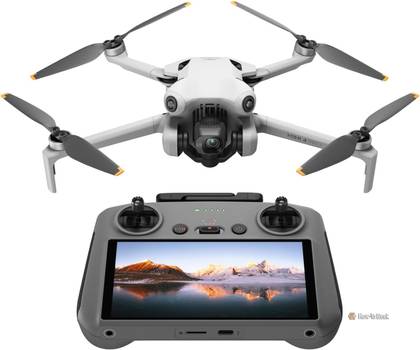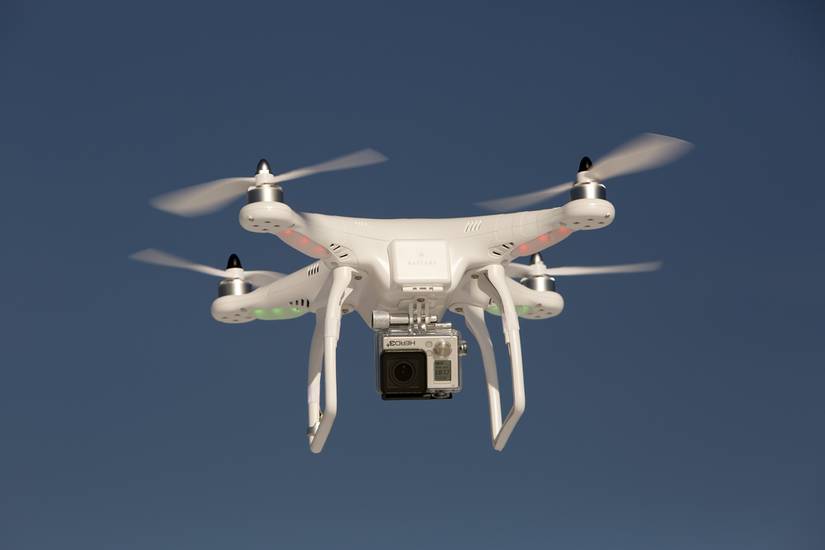I’ve been flying RC helicopters and drones for a long time now, and while I’ve come and gone from the hobby as a casual participant, there’s always been something new and fun to pull me back in after a while from the world of drones.
These days, I’m thinking of buying a drone again at some point, but the more I look around, the less interesting modern drones seem to be. The thing is, that’s probably a good situation to have, and it shows how drone technology has rapidly matured in a relatively short time.
Drones Used to Have Huge Generational Leaps
In the early 2010s, I encountered my first ever real-life drone in a local park near where I lived at the time. I’d never seen a quadcopter before, and I thought it was the most futuristic thing I’d ever laid my own eyes on. It was the first Parrot AR drone, which by today’s standards (around 15 years later) is laughably primitive. There’s no GPS, no real intelligence, and it’s just a basic toy designed to play games with your friends. Not a serious device of any sort.
Yet, from this point onward, commercial camera drones that normal people could realistically afford started developing at a breakneck pace. By 2013, we had the DJI Phantom. A drone with built-in GPS that was ready to fly out of the box with no special knowledge required.
Each subsequent drone became faster, smarter, and more sophisticated. They got smaller, the video quality increased dramatically, and the types of drones blossomed into many varieties for different specialized jobs. From autonomously following you and making holiday videos to using flamethrowers to clear power lines and other hard-to-reach places. It seems that people will strap just about anything to a drone just to see if it works!
Now Even The Cheapest Drones Are More Than Most People Need
Today, even the cheapest non-toy drones you can buy pack pretty much every advancement you could need. They have GPS, they have multiple obstacle-avoidance sensors, they can pretty much fly themselves according to a flight path you choose, and even the entry-level models produce footage that’s eminently usable for just about any purpose. Despite some people swearing the 4K footage on the lower-end drones is “only good for social media”.

- Brand
-
DJI
- Camera
-
1/1.3-inch CMOS, 48 MP
All the Most Important Features Are Nearly Universal
While there are certainly sizable differences between low-end and high-end drones. These are now largely differences of quality rather than kind. In other words, an expensive drone and a cheap drone have pretty much the same basic feature set; the more expensive version just has higher specs.
Of course, it’s the nature of business and marketing that the companies that make drones will keep trying to differentiate their new products, though most of the time these new features end up being pretty niche gimmicks, rather than game-changing features that the competition will copy.
The most exciting areas of drone development are with racing drones (which are generally custom-built like F1 cars) and FPV drones like the DJI Avata series.
These are still consumer drone applications where you can push the envelope, but for mainstream drones people want to use for more modest purposes, the “race” is now about the same as it is for any other consumer electronics like DSLRs or smartphones. They all get a little better each year, but you can safely skip several generations with no real loss.
Now We Can Focus On the Work and Not the Drone
So, while I’m a little sad that the current technology and feature set of drones probably won’t be taking big leaps over short periods of time, the point of a device like a camera drone isn’t the drone itself—it’s what you can do with it. For people like me who like technology for its own sake, it can be easy to lose sight of the fact that a tool is created to serve a purpose. It doesn’t just exist for its own sake.
With drones becoming like any other mature technology, I think the real excitement comes from seeing what people do with these amazing machines. It seems that every week I see new and innovative uses for drones, and as other technologies such as advanced local AI models become commonplace, they’ll become much more capable without really being fundamentally more advanced in terms of the non-AI hardware.

